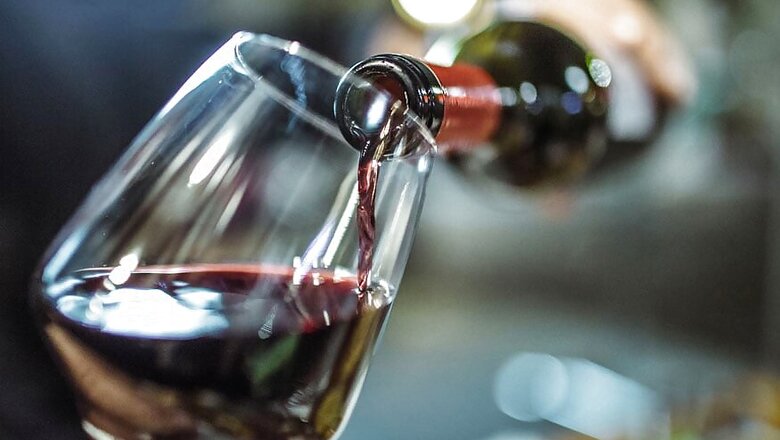
views
Known more for their chocolate or cheese, Dutch and Belgian winemakers were on Monday toasting the first cross-border protected status handed out by the European Union for wine.
From now on, wine from the appellation Maasvallei Limburg, on the banks of the River Maas, will be classed among the elite ranks of Europe's food such as British stilton or Parma ham.
"After years of procedures, the European Commission has officially given a Protected Designation of Origin (PDO) status to the wine-making region of Maasvallei Limburg," winemakers Harry Vorselen and Karel Henckens said in a statement.
The region extends across the two banks of the Maas, the river tracing the border between The Netherlands and Belgium, and becomes the first cross-border area to receive the EU's coveted designation for wine.
Vorselen and 10 Belgian wine producers including Henckens can now proudly adorn their bottles of Pinot Noir, Chardonnay or Riesling with the distinctive red and yellow PDO labels.
"We hit on the idea of asking for a joint appellation for the two sides of the Maas in 2010, because our region and 'terroir' doesn't stop at the border," they said in a statement.
According to the EU definition, PDO products are "produced, processed and prepared in a given geographical area, using recognised know-how."
The wines of this northern European region are improving in quality every year, said Vorselen, citing rising temperatures brought by climate change.
He produced his first bottle with his wife in 2004. Today he makes about 45,000 a year.
"The warm topsoil and the grainy earth are determining factors for the depth and finesse of our wines," they said, proud as punch at now being classed alongside such historic wine-making countries like neighbouring France.
Wine-making is relatively new in the Netherlands, with about 160 hectares (395 acres) planted with wines managed by about 90 vintners, according to the Central Statistics Office.



















Comments
0 comment